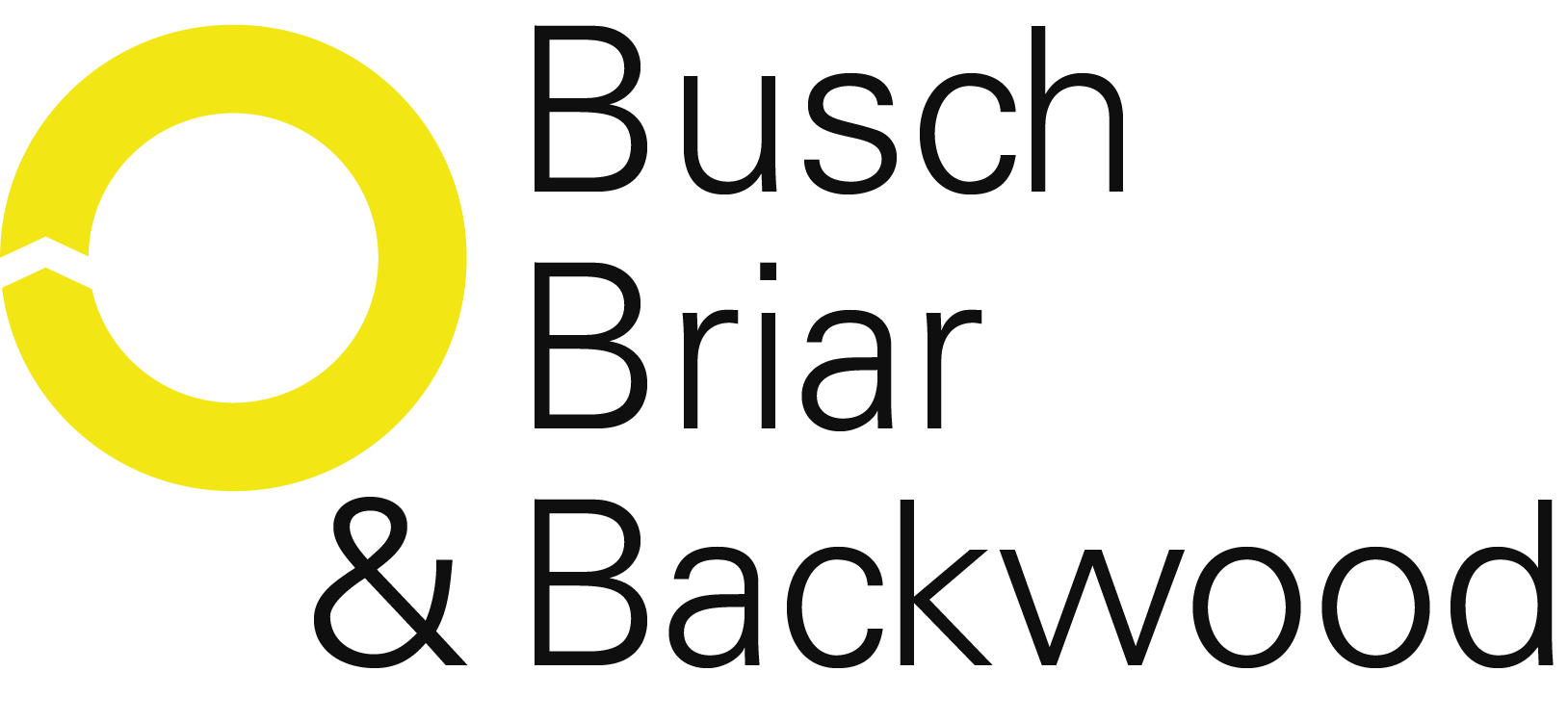In March 2021 Helene Abel Hansen, Stokke’s CMO, approached me with two potential projects: The first one was raising the bar for Stokke’s CRM activities. The second one was to redesign the end-to-end business processes around the yearly marketing calendar and budget planning and the different types of global marketing campaigns. That same month I made a project plan for both of them. Helene chose to start with the process redesign project for a very good reason: get the basics right first. For reasons that Stokke went through a couple of reorganizations over the past couple of years, creating a situation where a substantial number of people were not aware of how and with whom to work together when developing and rolling out global campaigns to local markets. And who is responsible at specific stages throughout the process. I started my assignment in April 2021 in hybrid mode, a combination of remote and on-site.

Stokke and their challenge
The job
Setting the scene
The first phase was a deep-dive with the key stakeholders for each of the processes, with the Global Brand Communication Director as my go-to sparring partner. Stakeholders involved in the end-to-end processes: Innovation (Product Development and Product Management), at a global level Marketing, Brand Communication, Retail, CRM, Digital Marketing, Social Media and E-commerce. The regional marketing directors and marketing managers responsible for local markets. External agencies and key retail partners. Sales and indirectly Operations, Supply Chain and Engineering.
Testing first process flowchart concepts
Following the deep-dive with all key stakeholders I drafted process flowcharts in Miro for each of the marketing campaign processes. Consequently, I facilitated workshops per type of campaign and part of the process to increasingly bring more detail into those process flowcharts. The distinctive benefit coming with this bottom-up approach is that it is great way to uncover blind spots, pain points and opportunities for improvement.
Getting in all the details and delivery
What followed were two more workshop cycles with specialists in their field for each of the processes involved. And for reasons of building a way of working the entire organization can commit to. Going into the details would either result in a confirmation that the proposed process is correct and reflects the desired situation. Or in the conclusion that it needed a little nuance. Based on all the input from key stakeholders and specialists in their field I delivered the ‘final’ first set of marketing campaign planning and campaign processes, including a number of relevant default templates to standardize operations after a last check-in with the CMO, global directors (Brand Communication, Retail, CRM, Digital Marketing, E-commerce) and the Regional Marketing Directors.
Results
A new way of working around the development of the yearly marketing campaign calendar as well as the development of global marketing campaigns and roll-out to local markets. A new way of campaign planning and execution that comes with distinct benefits. It:
- Helps the organization to evolve from a product- to a consumer insights-driven approach.
- Supports Stokke in the business turnaround to shift perspective from a strong physical retail focus to become a true omnichannel brand and accelerate sales via Stokke.com and online marketplaces.
- Provides stakeholders, involved in the yearly marketing and budget planning cycle, with clear directives what they need to deliver or action at specific stages throughout the process.
- Offers internal and external stakeholders a crystal clear process for campaign development and roll-out for different types of campaigns.
- Show the responsibility of individual stakeholders in every step along the way by means of a RACI.
- Facilitates campaign development and roll-out by means of standardized templates (briefing, knowledge sharing, evaluation).
- Renders insights in areas where additional efficiencies may be realized.
In parallel, I did a vendor pre-selection and built an internal business case for the implementation of a DAM system to cut out as much manual ‘interfaces’ as possible. The project was a approved by the leadership team and planned for implementation in the second half of 2022.
